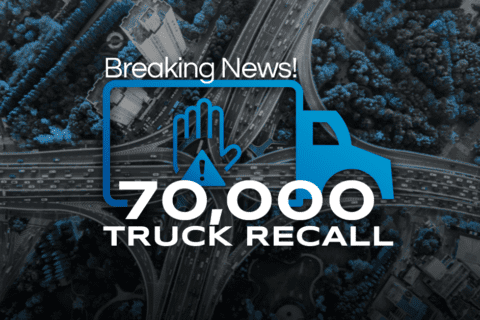10 Ways Women are Shaking-Up Trucking: Happy International Women’s Day!
Happy International Women’s Day! It comes as no surprise to learn that the trucking industry has historically been a male-dominated field, with men accounting for the vast majority of truck drivers. However, in recent years, women have been making inroads and advocating for more inclusive and equitable workplaces. With industry leaders and policymakers taking notice, here are 10 surprising ways that women are shaking-up in the trucking industry: 1. Over 90% of truck drivers are men. According to data from the Bureau of Labor Statistics, in 2021, over 95% of heavy and tractor-trailer truck drivers and 84% of delivery truck drivers were men. 2. Women already comprise around 6.75% of industry workers. While the percentage may seem low, it has already doubled in just over the past two decades. 3. Gender diversity is making significant progress in securing leadership roles within the trucking industry. The 2022 Women in Trucking Index reports that the number of women occupying executive positions at trucking companies has increased by 23.3% over the past year. Additionally, more women are being appointed to the board of directors of trucking organizations, seeing a 20% increase. 4. The American Trucking Associations launched a Women in Motion initiative. This new initiative aims to bring more women into the trucking industry and continue efforts to break down barriers that may hinder their success. 5. The Biden-Harris administration established a Women in Trucking Advisory Board to support and bring more women into the trucking industry. The board aims to address challenges faced by women in trucking and promote gender diversity. 6. Advocacy groups are pushing for change as well. Groups such as REAL Women in Trucking and Women in Trucking have committed to creating a safer, more equitable environment for women in the trucking business. 7. Truck design is changing to be more inclusive. Trucking giants such as Ryder and Volvo have even gone as far as to make changes to truck designs themself in order to make them accessible and operational for a variety of body types. 8. Women face other unique challenges in the industry as well. In recent years, widespread claims of sexual harassment and assault have risen to the surface. These issues have become the major focus for the industry and making efforts to rid the industry of these issues. 9. Women make less than men in trucking. Male truck drivers make 1.3 times what women drivers make, according to the BLS. 10. Women find freedom and independence in trucking. Despite the challenges, increasing numbers of women are finding community and independence as truck drivers, with many citing the freedom, time for self-reflection, and even space for self-discovery that these job offers. It’s Clear Women are making significant progress towards gender equity in the trucking industry, breaking down barriers and pushing for a more inclusive and supportive future. While challenges may persist, the industry is clearly eager to take the necessary steps towards recognizing and addressing the unique obstacles faced by women in the industry, with advocacy groups leading the way for these changes. With continued support and progress, the path ahead for women in trucking is promising and offers new opportunities for female drivers and industry leaders. If you made it to this part of the article, we’d just like to take a moment to thank you for taking the time to read it. Be safe out there and as always, If you’re in search of CDL A, B, or warehouse positions, check out our open positions. And if you need staffing solutions for commercial driving or industrial positions, be sure to explore our offerings.









Recent Comments